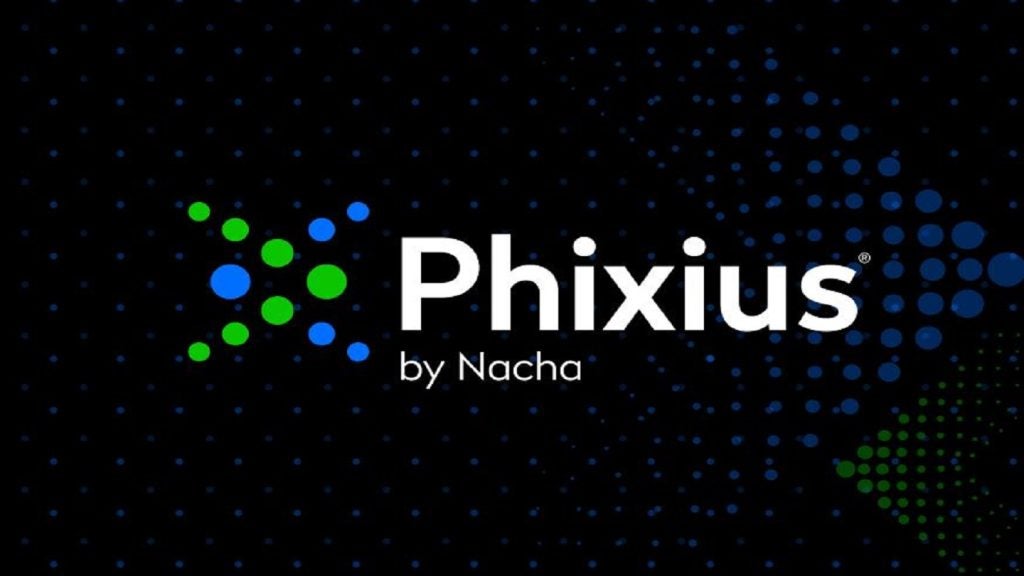DCMX allows subscribers to make contactless
purchases using their mobile phones via iD, DoCoMo’s branded mobile
payment platform for handsets equipped with contactless ‘IC cards’.
Over 30 million DoCoMo customers use such compatible handsets,
states the company.
DoCoMo, which boasts 55 million customers in
total and helped kick start the global mobile economy with the
development of i-mode technology 10 years ago, argues the success
of the product can be boiled down to ease-of-use, a comprehensive
loyalty programme driven by reward points, and the distribution of
420,000 iD readers/writers across Japan.
The firm, which posted a 15 percent decline in
net income for its first quarter of fiscal 2009, states that
revenue from mobile credit card payments have the potential to be a
significant source of future earnings in so called non-traffic
fields.
By promoting the penetration of iD payment
terminals and expanding the number of stores at which iD can be
used, DoCoMo says it is aiming for 11.8 million subscriptions by
the end of fiscal 2010.
“We will expand the use of DCMX credit
services by increasing the number of shops where ‘docomo’ points
can be obtained and by conducting promotions on the DCMX DoCoMo
Point Mall internet site,” the company said in a statement.
The iD service has also been launched in China
and the island nation of Guam, marking the first time that one of
Japan’s contactless IC electronic money systems has been available
overseas.

US Tariffs are shifting - will you react or anticipate?
Don’t let policy changes catch you off guard. Stay proactive with real-time data and expert analysis.
By GlobalDataIncluding business in these two countries, the
number of iD members has already surpassed 10 million, reaching
11.2 million as of the end of 2009, according to DoCoMo’s own
figures.

Three payment plans
There are three separate products
under the DCMX brand: DCMX ‘mini’, through which payments within a
monthly credit line of ¥10,000 ($110) are billed together with the
user's monthly DoCoMo phone charges; a standard DCMX plan,
which has credit lines from ¥200,000, as well as cash advances; and
a premium DCMX gold scheme.
Subscribers of the standard and gold plans can
earn DoCoMo’s loyalty points each time they make a purchase, and
use points for DoCoMo product discounts and other customer rewards.
In addition, there are bonus point programmes available at selected
retailers as well as at DoCoMo's online shopping mall.
Rewards and benefits accruing to gold members
in particular include an exclusive line-up of redeemable gifts;
preferred treatment under the Premier Club programme; and a
compensation plan covering handset damage or loss as well as
international and domestic traveller’s insurance.
They also get priority service at selected
DoCoMo Shops, and a DCMX Gold desk where they can reserve the
latest handsets for free or inquire about general information
related to mobile phone services and products. The annual fee for
the card is ¥15,759.
73.4 million m-payments in
2009
According to a recent report from
consultancy firm Gartner, there will be 73.4 million mobile payment
users globally in 2009, up 70.4 percent from 2008.
Mobile payment penetration in Western Europe
is expected to rise from 0.9 percent in 2009 to 2.5 percent in
2012, and from 1.7 percent to 3 percent in North America, stated
the research group. In Eastern Europe, the Middle East and Africa,
and Latin America, penetration is also expected to exceed 3 percent
by 2012.
Despite the growth and development of the
mobile payments industry in both Europe and the US, it is the
Asia-Pacific region, specifically China, Japan and South Korea,
that is at the forefront of the “m-payment revolution”. Penetration
in Asia-Pacific and Japan will rise from 2 percent in 2009 to 3.8
percent by 2012, Gartner concluded.







